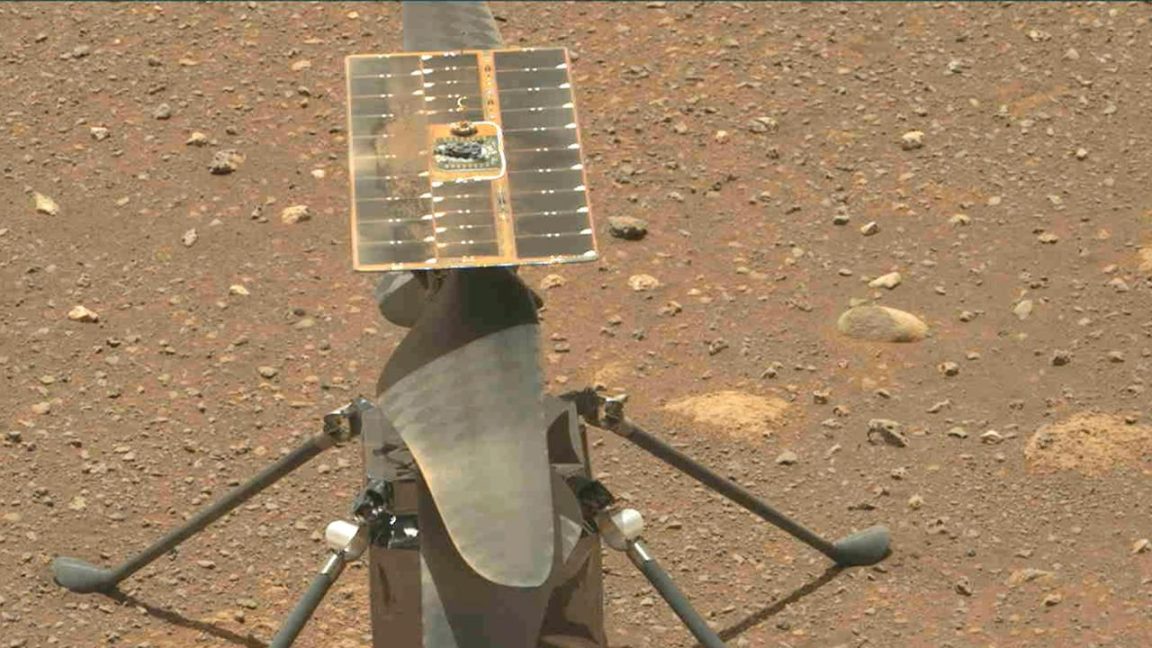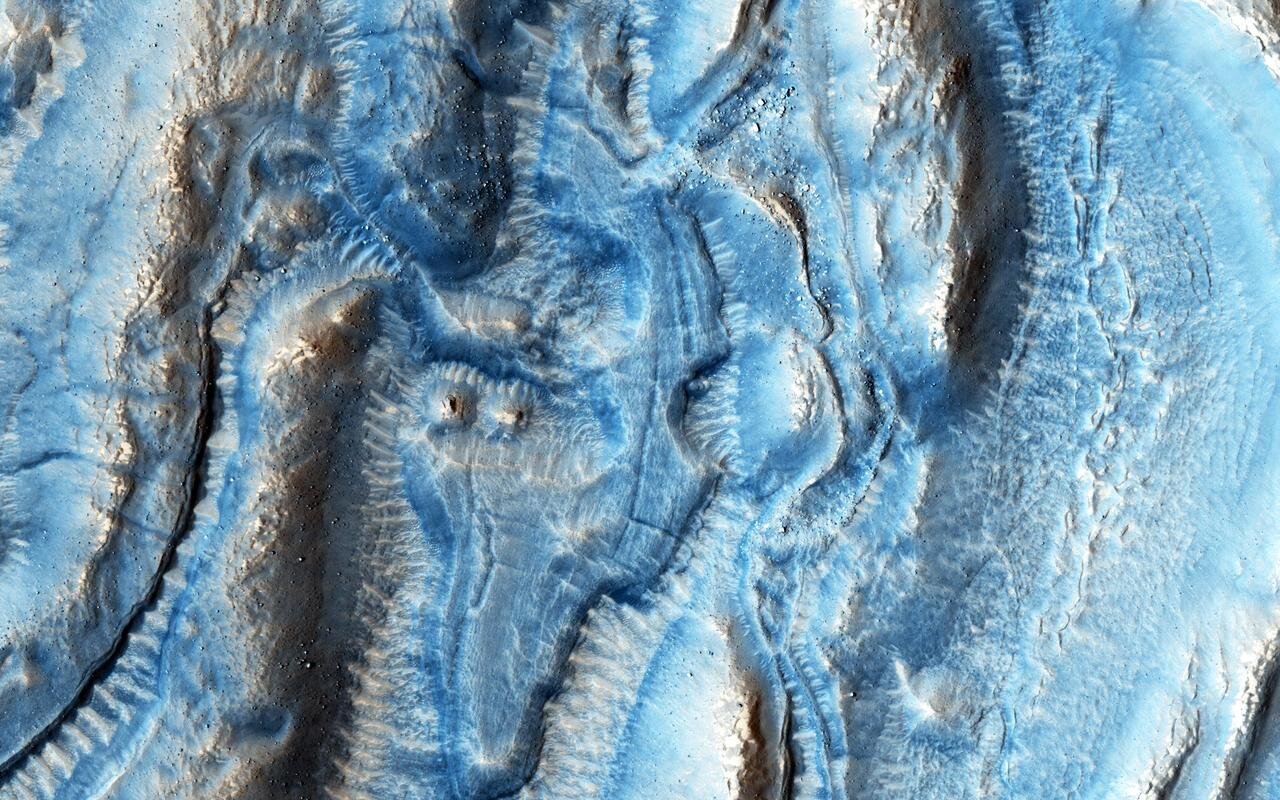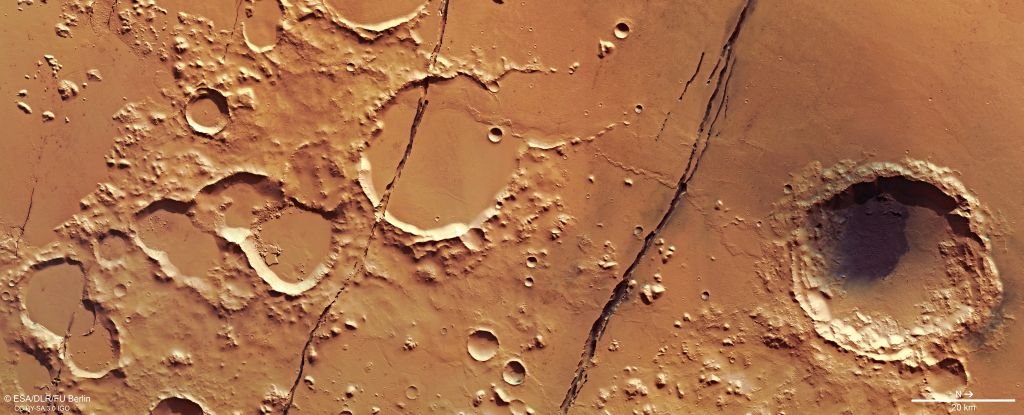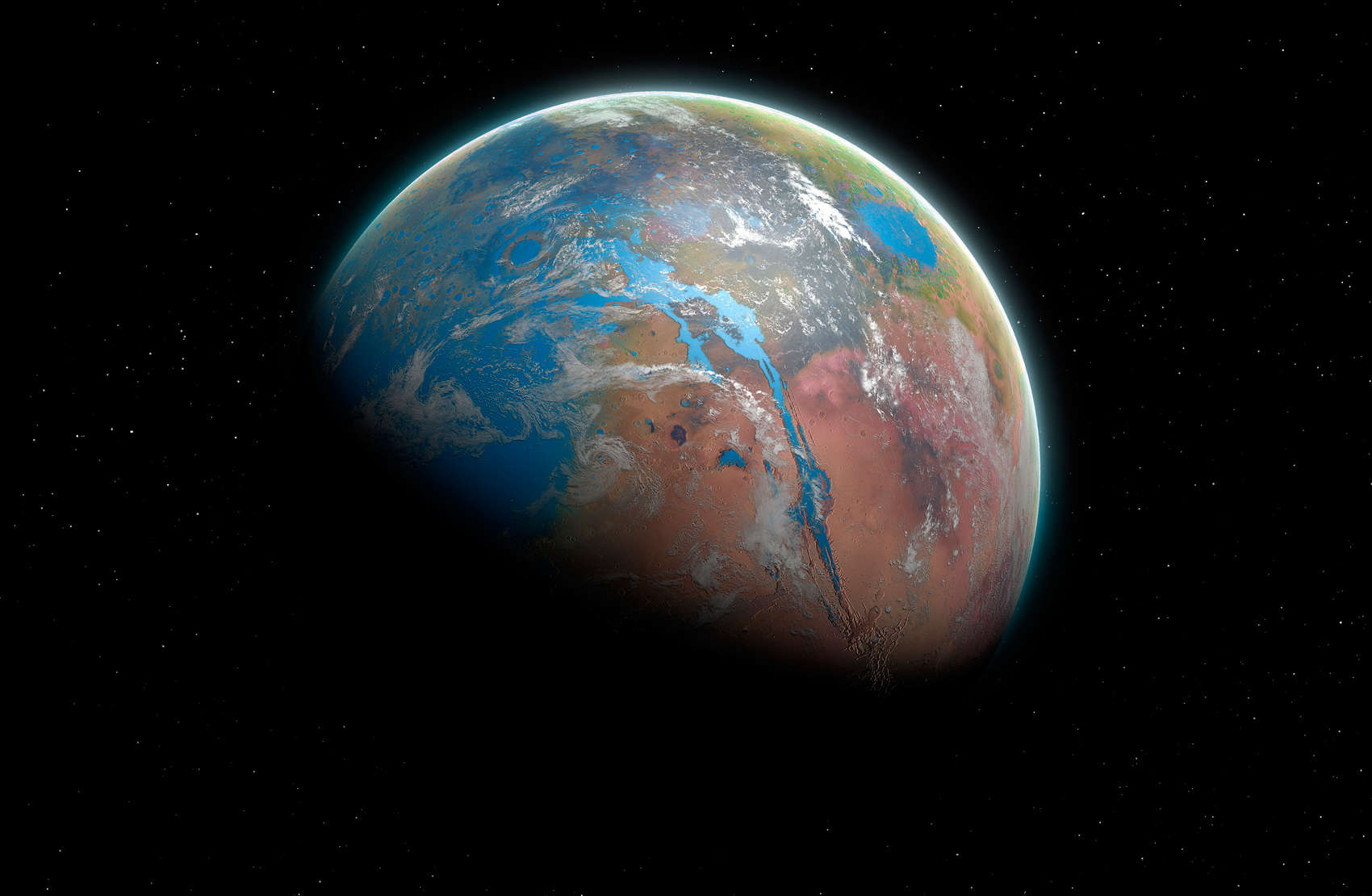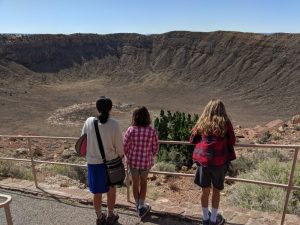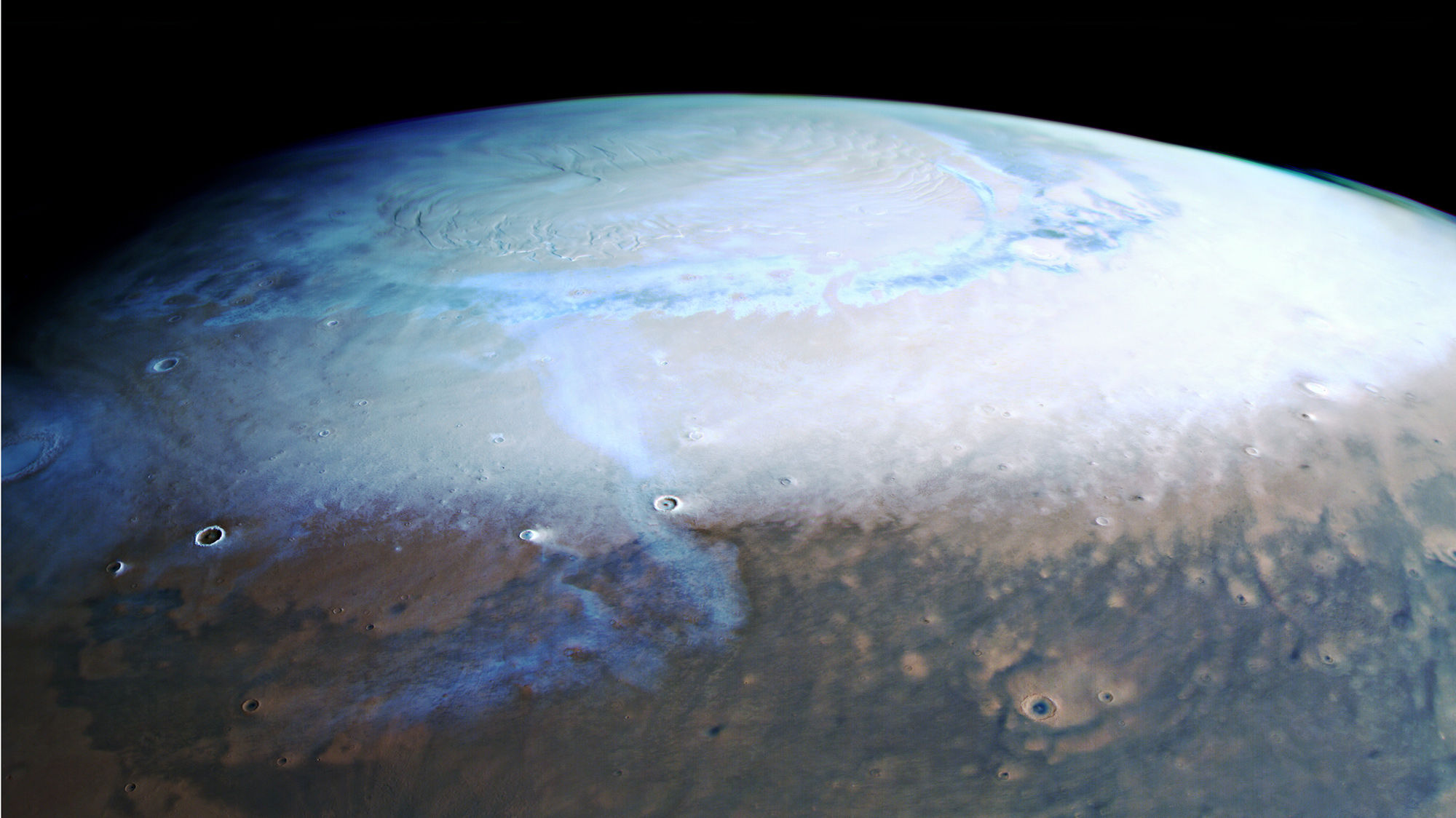The lack of a magnetoshpere on Mars plays a key role in the latest book, Shelter.
The magnetic field around planets like Earth is the result of a geodynamo around the molten core. Because Mars has no magnetosphere, it has long been thought that very little happens in its interior. This study suggests that there is active movement of magma inside Mars after all.
From the article:
“Knowing that the Martian mantle is still active is crucial to our understanding of how Mars evolved as a planet,” says geophysicist Hrvoje Tkalčić of the Australian National University in Australia… “The marsquakes indirectly help us understand whether convection is occurring inside of the planet’s interior, and if this convection is happening, which it looks like it is based off our findings, then there must be another mechanism at play that is preventing a magnetic field from developing on Mars,” Tkalčić says.

ScienceAlert
 Ars Technica
Ars Technica 

